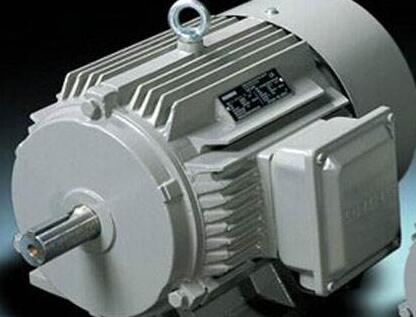
With the continuous development of technology, there are many choices for permanent magnet materials. Among them, the advantageous permanent magnet material is earth material. Therefore, motors using earth permanent magnet materials are also called earth permanent magnet motors. There are many application fields for earth permanent magnet motors, and the structure of this motor is mainly composed of rotor, end cover, stator and other components. However, with the continuous popularity of the motor industry, earth permanent magnet motors have gradually encountered some technical bottlenecks. Let’s analyze the technical bottlenecks in detail below!
1. Control issues
After the earth permanent magnet motor is successfully manufactured, its magnetic field can be maintained without external energy. However, it is also prone to problems such as ly difficult to adjust and control its magnetic field from the outside. It is difficult to adjust the output voltage and power factor of the permanent magnet generator from the outside, and the permanent magnet DC motor can no longer adjust its speed by changing the excitation.
2. Cost issue
So far, since the price of earth permanent magnet motors is relatively expensive, and the cost of this motor is generally higher than that of electric excitation motors, it is necessary to use its high performance and operating cost savings to compensate. Therefore, permanent magnet motors are more suitable for low-power applications.
3. Demagnetization problem
Rare earth permanent magnet motors have strict requirements on the working environment. Rare earth permanent magnet materials exceeding 180°C will suffer irreversible demagnetization and failure; and in the case of severe vibration or large temperature differences, they are prone to breakage and other phenomena. In addition, earth materials are also susceptible to oxidation and corrosion, and in this case, surface coating must be carried out before they can be used. Rare earth permanent magnet motors are very sensitive to overload. Once overloaded, the permanent magnet material will be demagnetized.
At the same time, the electromagnetic load of earth permanent magnet materials is very high. After it is made, its magnetic field is difficult to adjust, and its power control system is much more complicated than that of an induction motor. Traditional motor design theories, calculation methods, and motor control systems cannot meet the development requirements of high-performance motors.
To sum up, there are many difficulties in the process of developing earth permanent magnet motors. But how can you see a rainbow without experiencing wind and rain? In the face of many difficulties, the tireless efforts of automotive engineers will eventually break through the bottleneck, and the public will also benefit from the convenience brought by technology.



















